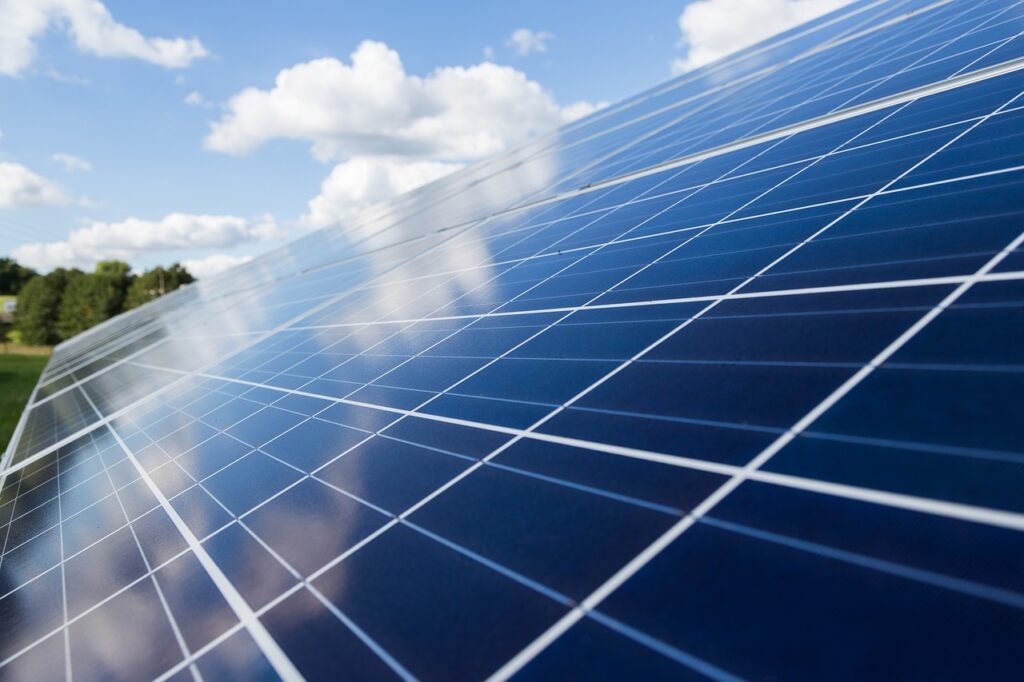Globally the electricity industry is witnessing rapid change and development. This is partly driven by the need to reduce emissions from power plants using carbon based resources, particularly coal. This transition is not proving easy, Germany has had to go back to coal following problems with natural gas supplies and China, although she leads the world in alternative energy programs, is still building coal fired power plants.
But it is proving to be more difficult to find the financial resources for traditional technologies and Africa, in particular, is turning to solar energy for its needs.
The reasons are many: –
• It is a standalone source of energy that you can install anywhere, on the roof of a hut, a store or a factory.
• It is becoming so cheap that even the rural poor can afford a panel to light their homes or pump water.
• It is becoming more efficient and batteries are beginning to make solar more reliable.
In South Africa, where the State owned utility has almost collapsed due to poor management, planning and corruption, the private sector has turned to solar in a major way and this is starting to make a real difference. In many ways Zimbabwe is ahead of South Africa as our market has been liberalised and we have removed taxes on solar components and batteries.
How much solar has already been installed is impossible to tell as there is no record of just what is going on. However, all companies that are installing solar report that they are flat out and even have difficulty in meeting demand. A 5 kilowatt system of panels and a lithium battery now costs less than US$4000 to install. On a plot, a similar cost is incurred on a solar powered pumping system for water.
In the agricultural industry, farmers are installing solar systems that use solar panels for daylight power, battery storage to extend the periods that power is available and control systems that allow them to draw power from the grid when it is available or at night when tariffs are lower. Industry and mining are following them and these installations are becoming more and more sophisticated.
But it is proving to be more difficult to find the financial resources for traditional technologies and Africa, in particular, is turning to solar energy for its needs.
The IEUG is on a dispersed basis and we are considering how to maximise this investment on a long-term US dollar-denominated Power Purchasing Agreement and this will help with funding. But again, we need to consider balancing the welfare of the grid. We are also considering installing large industrial-scale batteries to manage power delivery as most of our clients want reliable, continuous base load.

